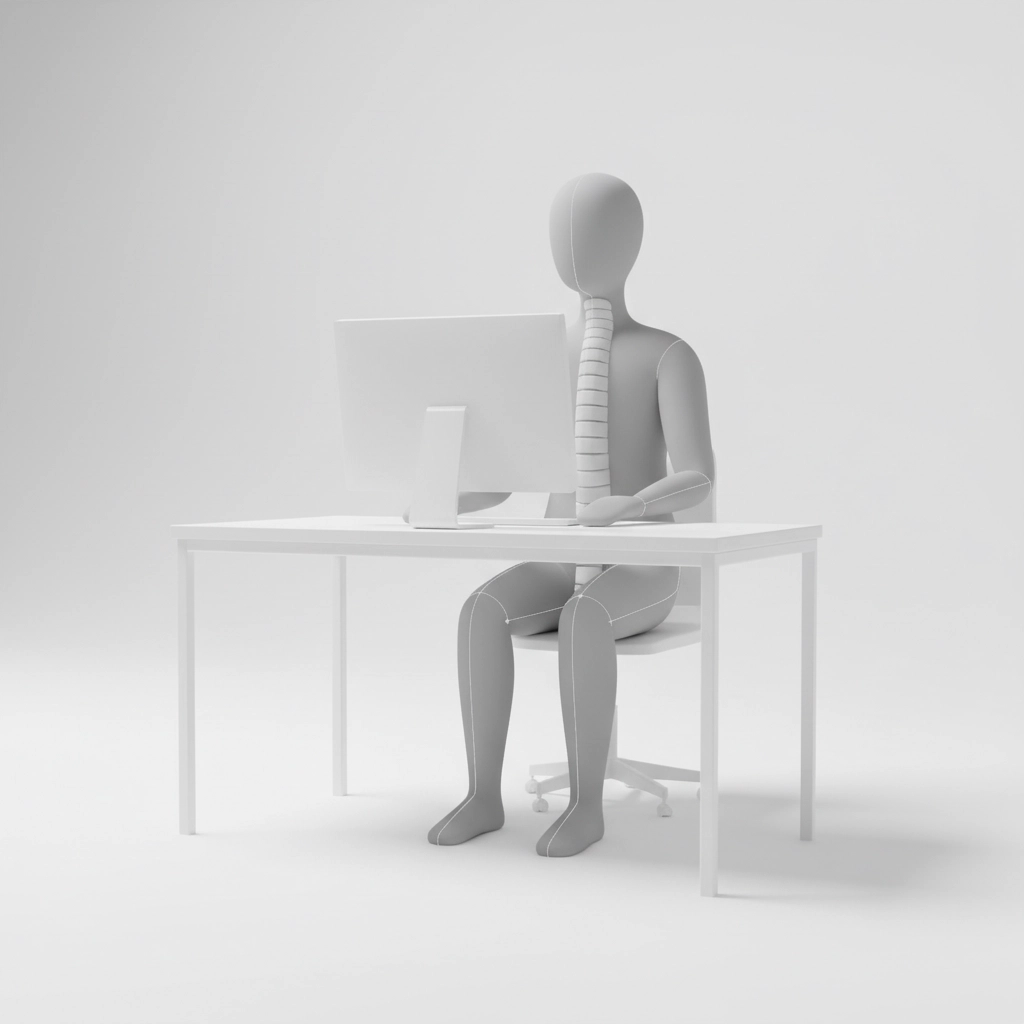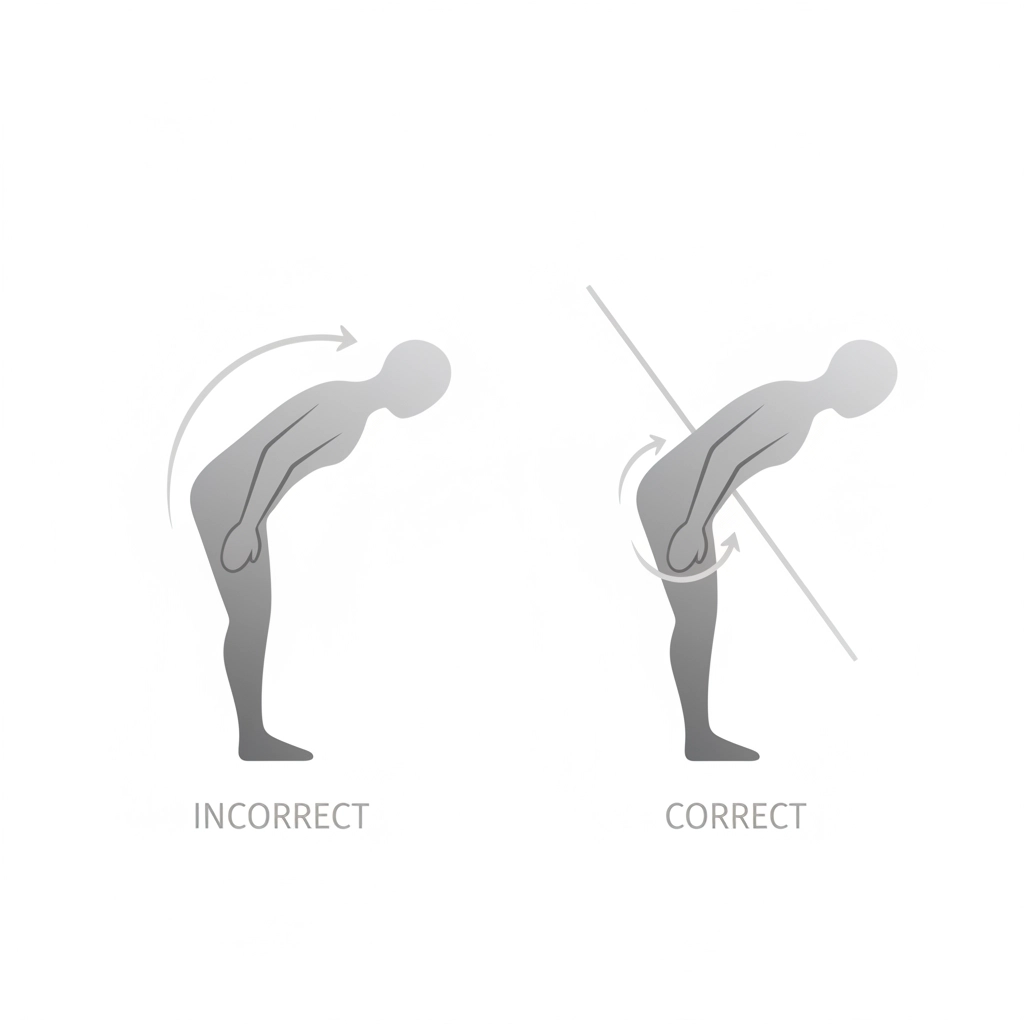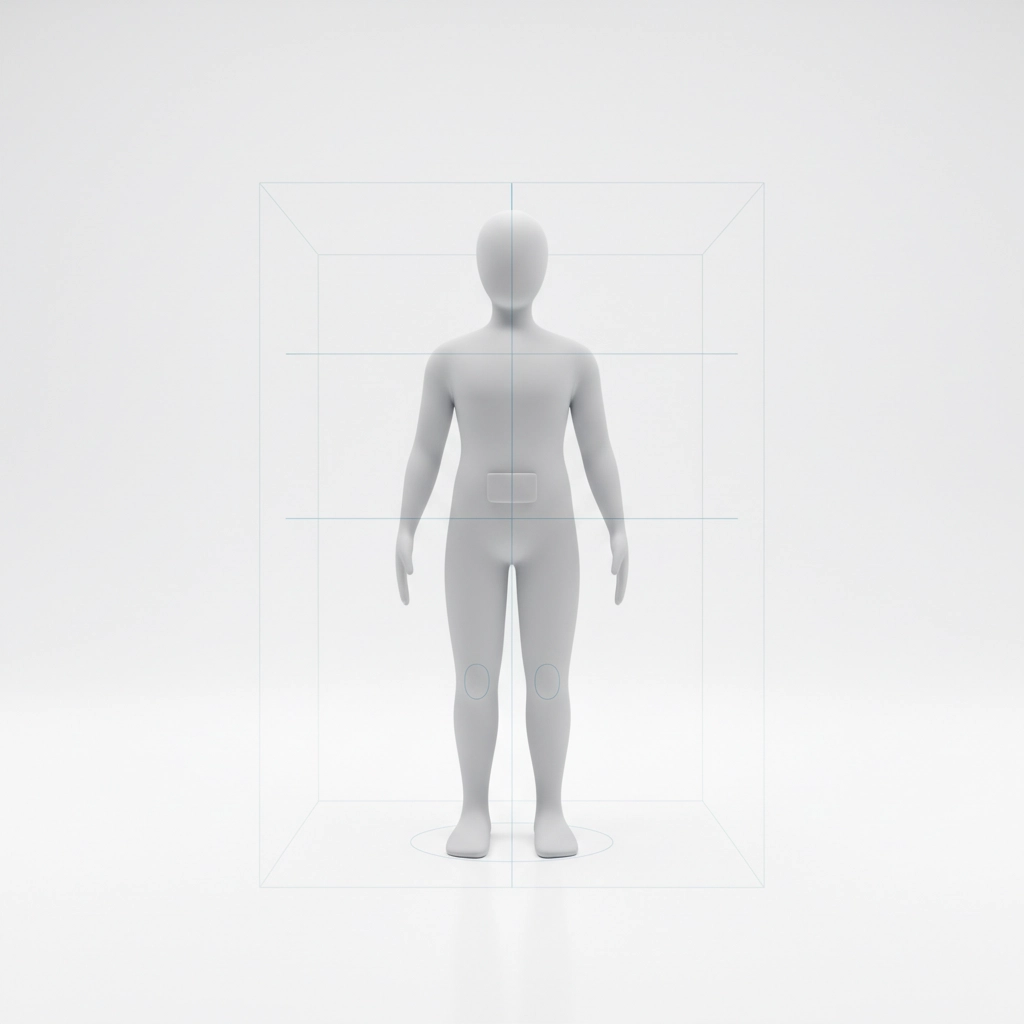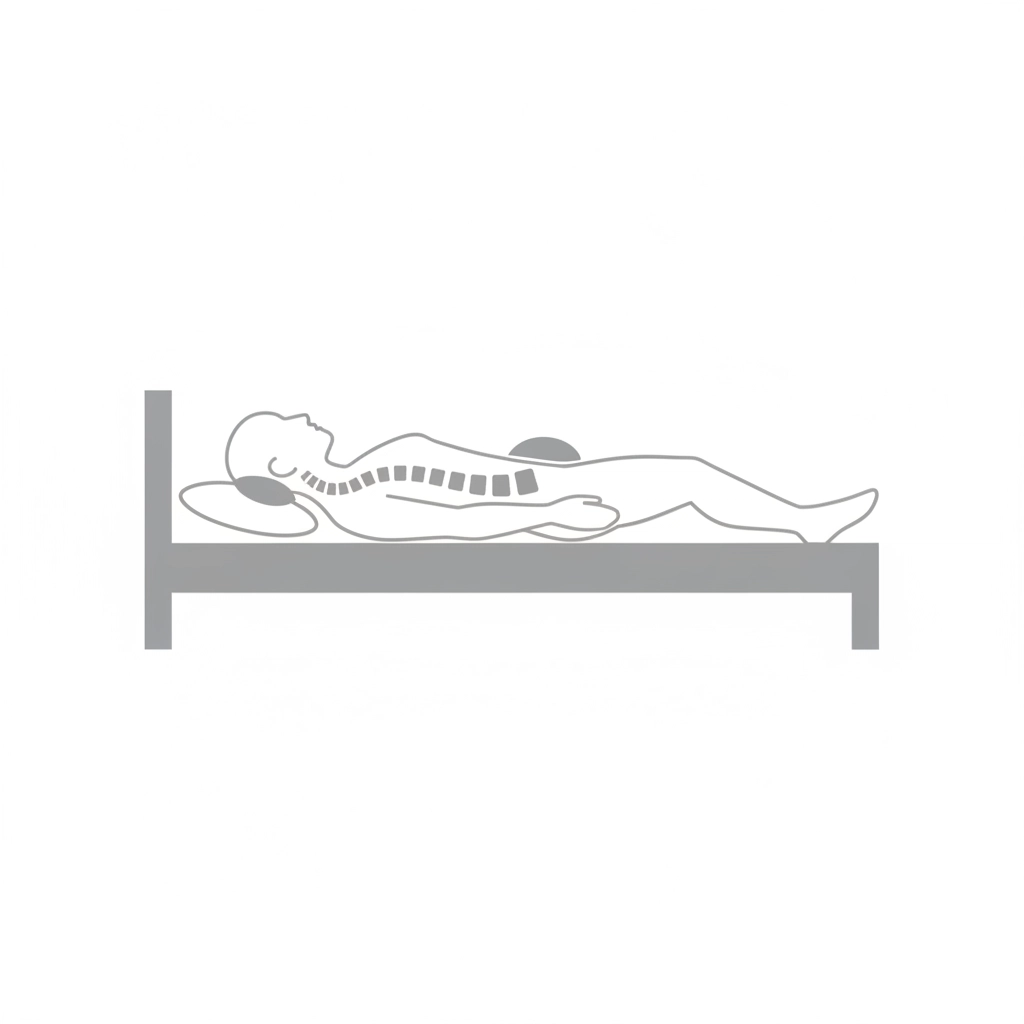You've tried everything, stretches, heat pads, maybe even a new mattress. But that nagging back pain just won't quit. Here's the thing: the real culprit might be hiding in your everyday movements. These seven common mistakes are sabotaging your back health without you even realizing it.
Mistake #1: Slouching at Your Desk (Yes, Even When Reading)
We get it, maintaining perfect posture all day feels impossible. But when you slouch forward, whether at your computer, reading the newspaper, or watching TV, you're putting serious stress on your spine.
Think of your spine like a stack of building blocks. When you slouch, those blocks shift out of alignment, forcing your muscles to work overtime just to keep you upright. Over time, this creates tension and pain that radiates through your entire back.
The Simple Fix: Set a gentle reminder to check your posture every 30 minutes. Sit up straight with your shoulders relaxed and your back supported. Keep your feet flat on the floor and position whatever you're reading or viewing at eye level. Your back will thank you.
Mistake #2: Bending All Wrong
Here's a movement pattern that trips up almost everyone: bending over by rounding your back. Whether you're picking up groceries, tying your shoes, or reaching for something low, most of us instinctively bend from the waist.
Your spine isn't designed to handle repeated bending motions under load. Every time you round your back to pick something up, you're compressing your spinal discs and straining the muscles that support your spine.
The Simple Fix: Learn to "hip hinge." Instead of bending your back, push your hips back and bend at your hips while keeping your spine straight. Think of it like sitting back into an invisible chair. This simple change takes the pressure off your back and puts it where it belongs, on your stronger hip and leg muscles.
Mistake #3: Standing Like a Statue
Standing might seem simple, but most of us are doing it wrong. Locking your knees, leaning forward, or shifting all your weight to one foot throws your entire spine out of alignment.
Poor standing posture creates a domino effect: when one part of your body compensates, other parts have to work harder to maintain balance. This leads to muscle fatigue and eventually pain.
The Simple Fix: Stand tall with your weight evenly distributed on both feet. Keep a slight bend in your knees (never lock them), engage your core gently, and imagine a string pulling you up from the top of your head. Take breaks to shift positions if you're standing for long periods.
Mistake #4: Sleeping in Positions That Fight Your Spine
Your sleeping position matters more than you might think. Sleeping on your stomach with your head turned to the side creates a twisted spine that stays that way for 6-8 hours every night.
Even side sleepers can run into trouble if their spine isn't properly aligned. Without the right support, your spine curves unnaturally, leading to morning stiffness and pain that can last all day.
The Simple Fix: If you sleep on your back, place a small pillow under your knees to maintain your spine's natural curve. Side sleepers should put a pillow between their knees to keep their hips aligned. Stomach sleepers, we know change is hard, but try to transition to your back or side for better spine health.
Mistake #5: The Start-Stop Exercise Cycle
You know the pattern: you start an exercise routine with great intentions, keep it up for a few weeks, then life gets busy and you stop completely. When you finally get back to it, you jump right back in where you left off.
This hot-and-cold approach to exercise actually sets you up for back pain. When your muscles weaken from inactivity, they can't support your spine properly. Then when you suddenly ask them to do too much, they rebel with pain and stiffness.
The Simple Fix: Consistency beats intensity every time. Even 10-15 minutes of gentle movement daily is better than an hour-long workout once a week. Focus on building a sustainable routine that you can stick with, even on busy days.
Mistake #6: Forgetting About Your Core
Your core isn't just about having a flat stomach, it's your body's natural support system. These deep muscles wrap around your torso like a built-in back brace, but only when they're strong and active.
Many people focus on their back muscles when they have back pain, but ignore the core muscles that actually prevent the pain in the first place. Weak core muscles mean your spine has to rely on passive structures like ligaments and discs for support, which leads to strain and discomfort.
The Simple Fix: You don't need intense ab workouts. Simple exercises like gentle planks, bird dogs, or even just practicing good posture throughout the day can strengthen your core. Start with what feels manageable and build from there.
Mistake #7: Lifting Without a Game Plan
Whether it's moving boxes, lifting groceries, or even picking up grandchildren, poor lifting technique is a fast track to back pain. The combination of bending your back, lifting objects that are too heavy, and using quick, jerky movements creates the perfect storm for injury.
Many people use momentum instead of muscle control, thinking it makes the job easier. In reality, this approach puts enormous stress on your spine and surrounding muscles.
The Simple Fix: Before you lift anything, take a moment to plan. Get close to the object, bend at your hips and knees (not your back), engage your core, and lift smoothly using your leg muscles. If something feels too heavy, ask for help or find a different way to move it.
Why These Mistakes Matter So Much
Here's what makes these movement mistakes particularly problematic: they create what experts call "micro traumas." Each individual instance might not hurt, but over months and years, these small stresses add up to big problems.
Your body is incredibly adaptable, which is usually a good thing. But when you repeatedly move in ways that stress your spine, your body adapts to those poor patterns. Eventually, these dysfunctional movements become your new normal, and that's when chronic pain sets in.
Your Path to Better Movement
The good news is that your body is just as good at learning healthy movement patterns as it is at learning unhealthy ones. By addressing these seven common mistakes, you're not just treating symptoms, you're fixing the root cause of your back pain.
Start with one or two changes that feel most manageable for you. Maybe it's setting a posture reminder on your phone, or practicing proper hip hinge technique when you pick things up. Small, consistent changes add up to significant improvements in how you feel.
Remember, you don't have to accept back pain as part of getting older. With the right movement habits, you can feel stronger and more comfortable in your daily activities. Your back has been supporting you faithfully for years, now it's time to return the favor with movement patterns that support it.
If you're ready to dive deeper into improving your movement and saying goodbye to chronic back pain, we're here to help you every step of the way. At Mobility Fitness LLC, we specialize in helping people just like you move better and feel stronger in their daily lives.




